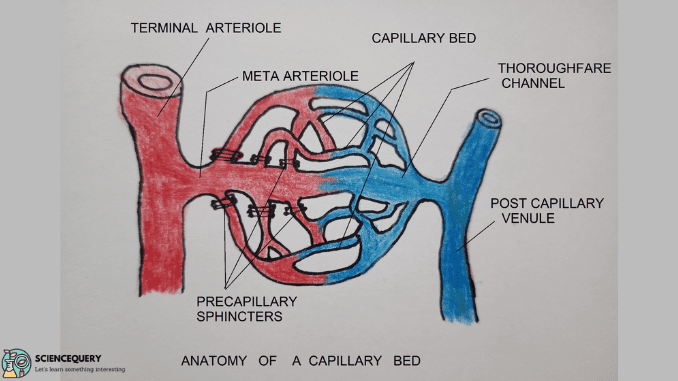
Capillaries : Definition, functions and significance
Capillaries Introduction Capillaries are the smallest and the most numerous of the blood vessels. They connect arteries and veins. The primary function is to exchange […]

Capillaries Introduction Capillaries are the smallest and the most numerous of the blood vessels. They connect arteries and veins. The primary function is to exchange […]
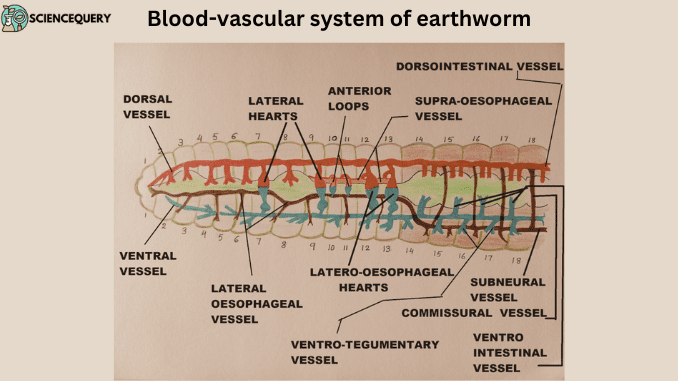
Earthworm circulatory system: A Quick Look Earthworm circulatory system is closed type. Blood is composed of plasma and blood corpuscles. Haemoglobin is dissolved in plasma. […]
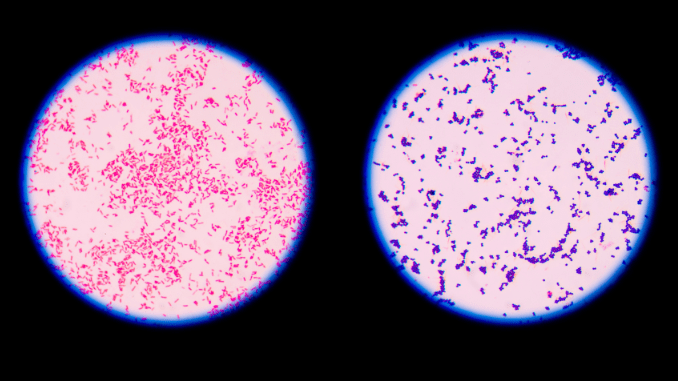
What is gram staining? Gram staining is the most important procedure in microbiology. It is a laboratory technique that forms the basis of bacterial identification […]
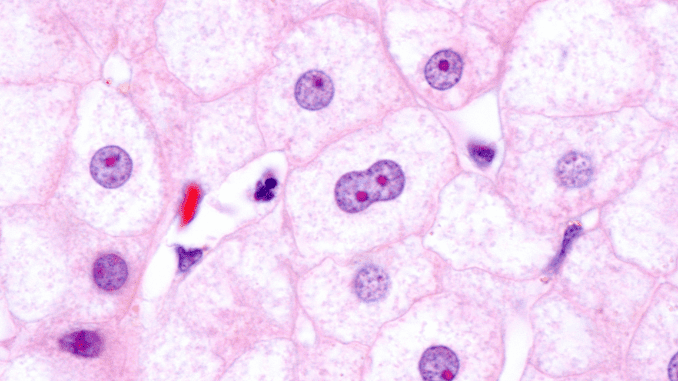
Introduction Cells can reproduce from new cells. Continuity of life depends on cell division. In unicellular organisms, cell division is the means of reproduction. Multicellular […]
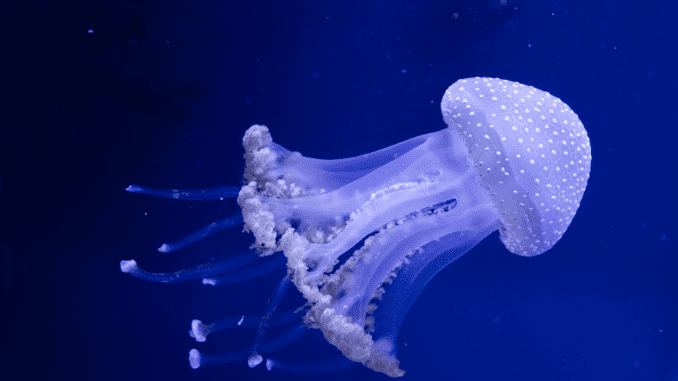
Radial symmetry is a type of body symmetry in different regions and directions of the body. It is found in both natural objects and organisms […]
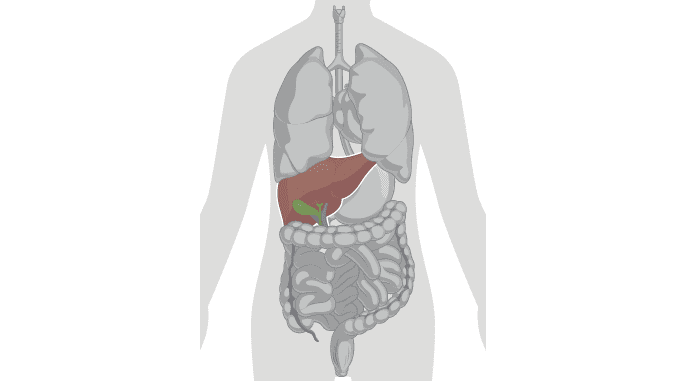
Introduction The liver is the largest gland in the body weighing about 1.5 Kg in an adult human. Located at the upper right part of […]
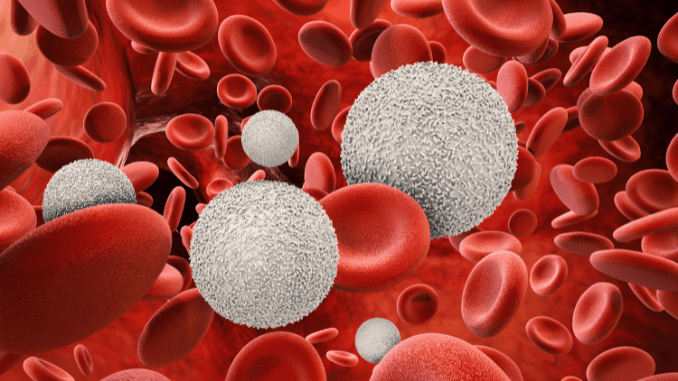
Introduction White blood cells and red blood cells are two important constituents of blood. Blood is the fluid connective tissue in the human body. It […]
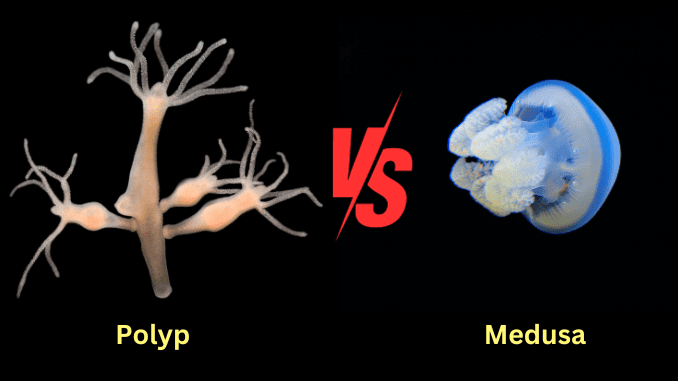
Introduction Cnidarians inhibit all regions of the world’s ocean and some freshwater environments. They are an integral part of the marine ecosystem. The habitats of […]
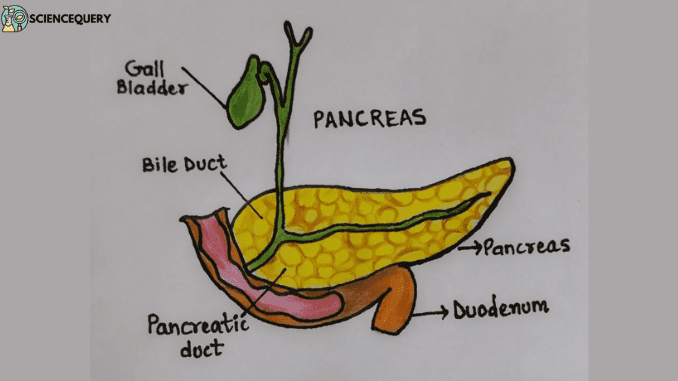
Introduction The pancreas, also called a mixed gland, plays an important role in digestion. The enzymes secreted by the pancreas are called pancreatic enzymes to […]
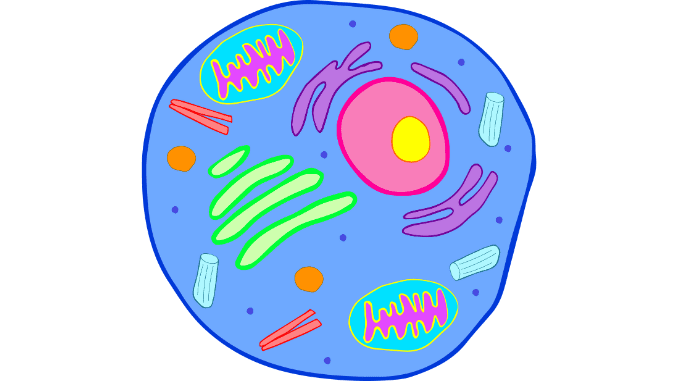
Introduction Do animal cells have a cell wall? well, the answer to this very curious question is “Animal cells do not possess a cell wall”. […]
Copyright © 2024 | WordPress Theme by MH Themes